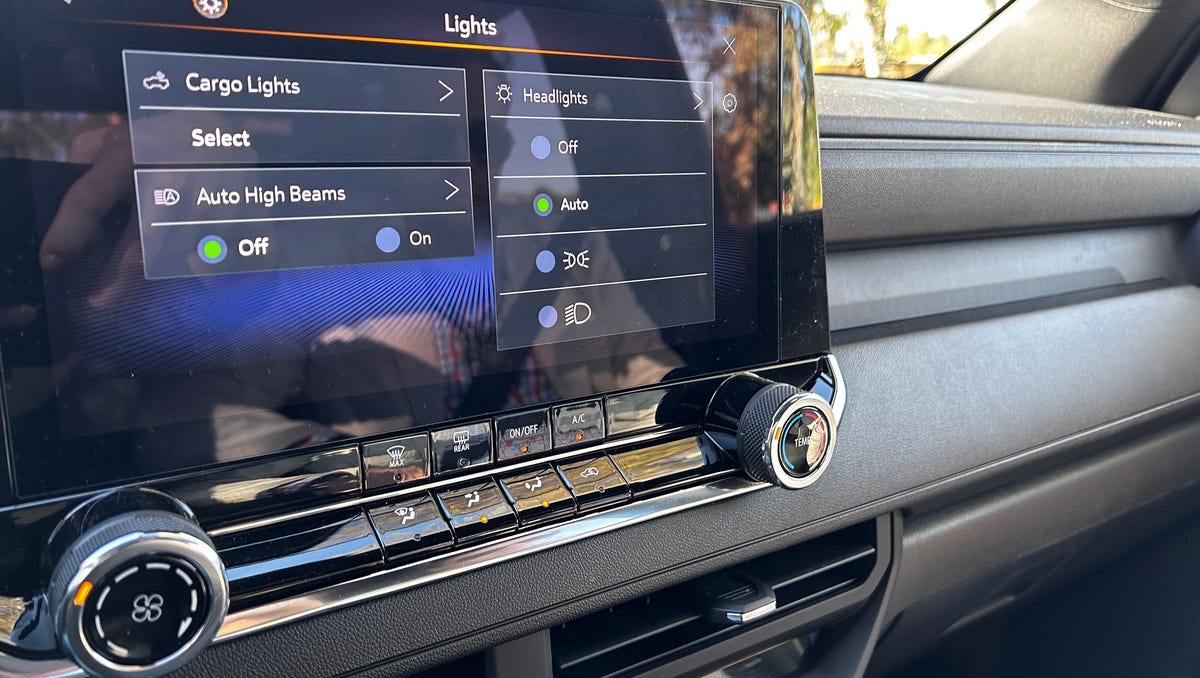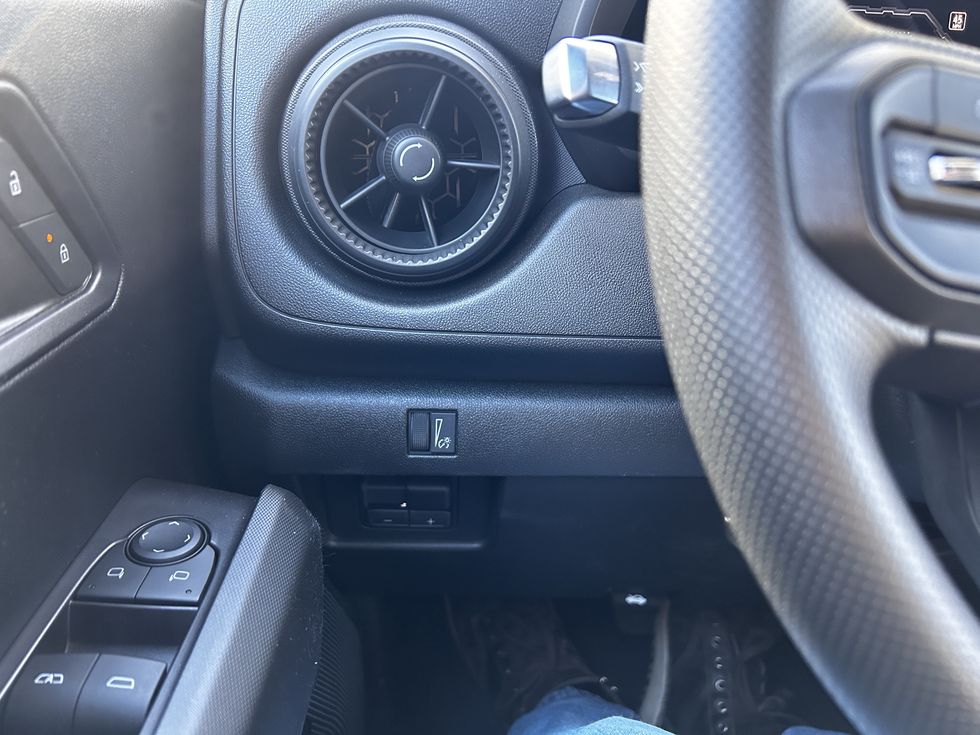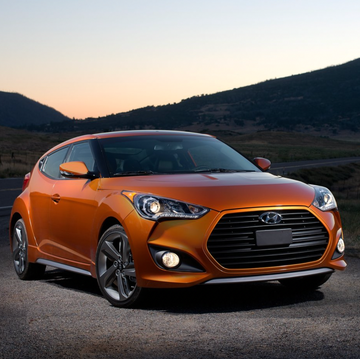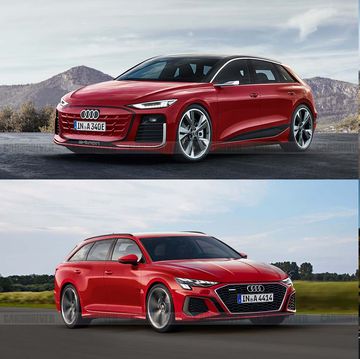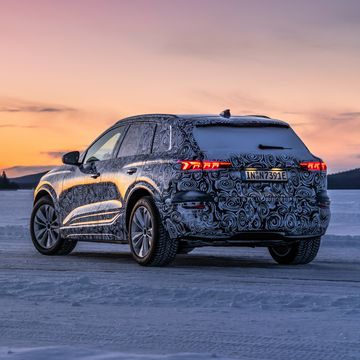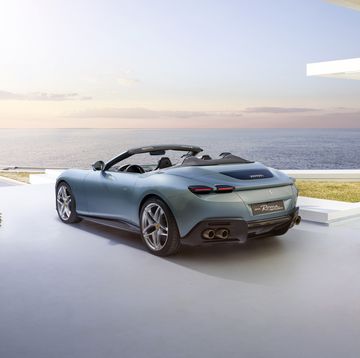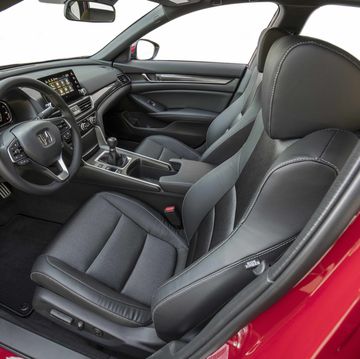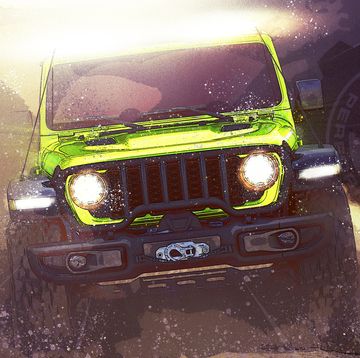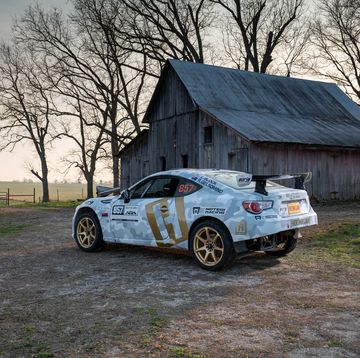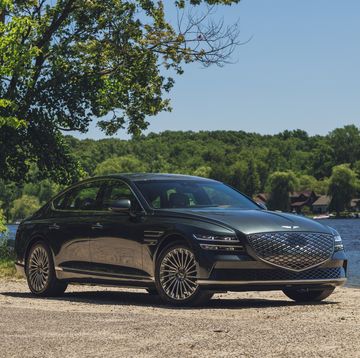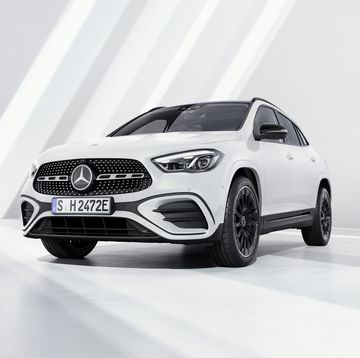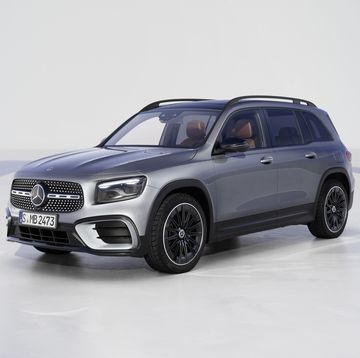The 2023 Chevy Colorado is an exceptional truck. With class-leading capability, good pricing, and a fully redesigned cabin, it's my favorite mid-size truck. But that new interior has one strange compromise: There's no physical control for the truck's lights.
To turn them on or off, the driver has to open a submenu in the truck's standard 11.3-inch touchscreen infotainment display. Since the truck has automatic lights, you shouldn't need to do that often. But when you're on a windy two-lane and reach a "Daylight Headlight Section," you'll have to fiddle with the touchscreen rather than flicking a switch. And if that infotainment system fails, you'll lose the ability to control your lights.
"The main thing is, one, we understand that most customers put their vehicle['s lights] on auto," Nick Katcherian, the chief engineer of the new Colorado, told Road & Track. "And, fun fact, I learned in the rain yesterday that, if your windshield wipers are on, your lights turn on as well. So we're looking at trying to conserve space and we have the opportunity to virtualize a lot of our switches, so we really have just taken advantage of that opportunity with our new infotainment system."
Katcherian says he isn't concerned about bugs or issues with the light control, even though we imagine some work truck owners might be skeptical. According to the engineer, the legal requirement to make the headlight switch always available means that the light control module loads on top of the rest of the infotainment system.
"There's no such thing as bugging in a way that won't give you the option to turn the headlights on and off."
Katcherian claims that his team removed all possible bugs from the infotainment system. He also noted that in the long term, software-based switches can help add features to vehicles after they're sold or support optional add-ons.
"So I think you'll see kind of a transition from more physical switches to more virtual switches overall, because it gives you a lot more flexibility in terms of what you can update and how you can update them in the future," Katcherian said.
